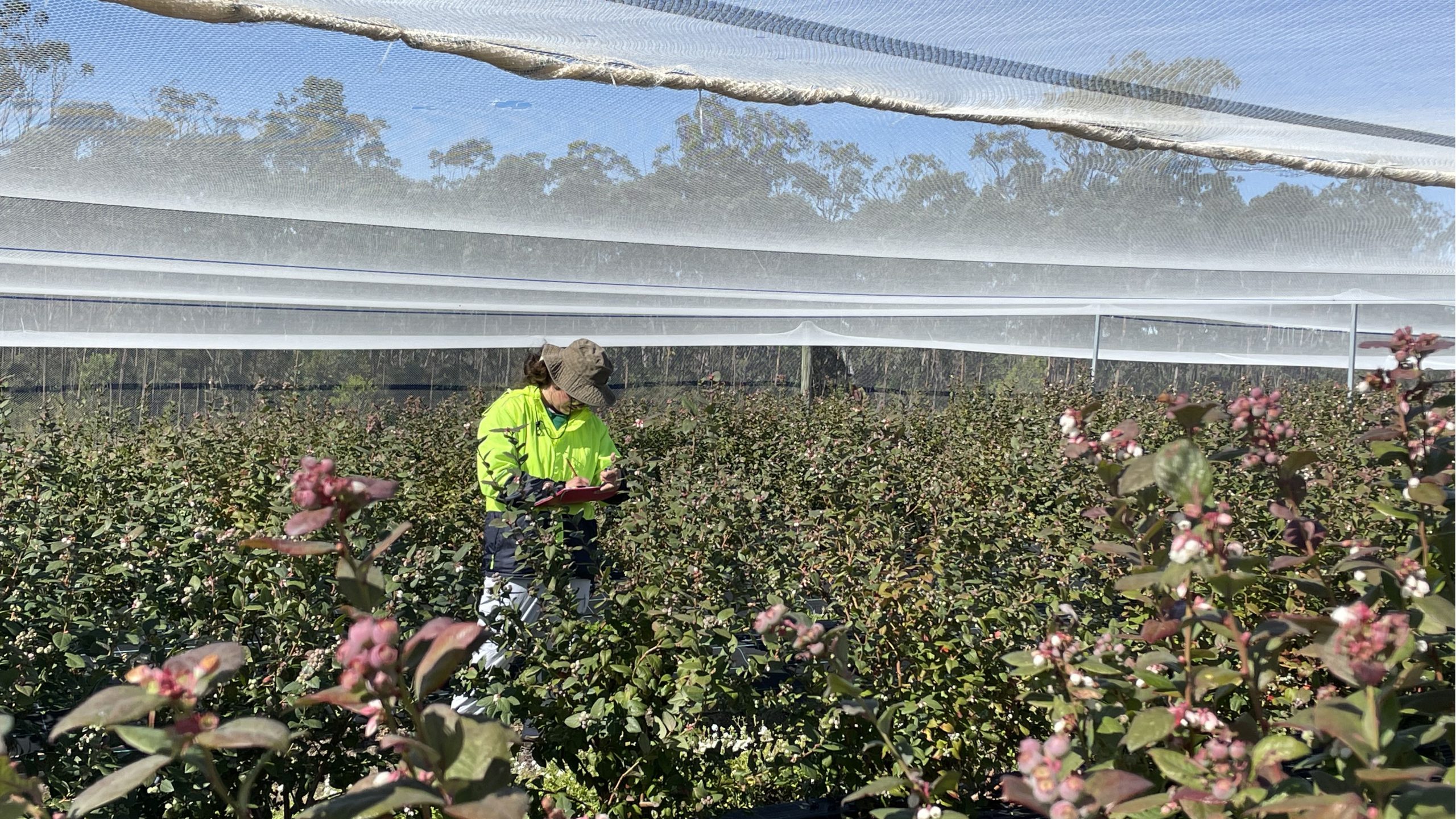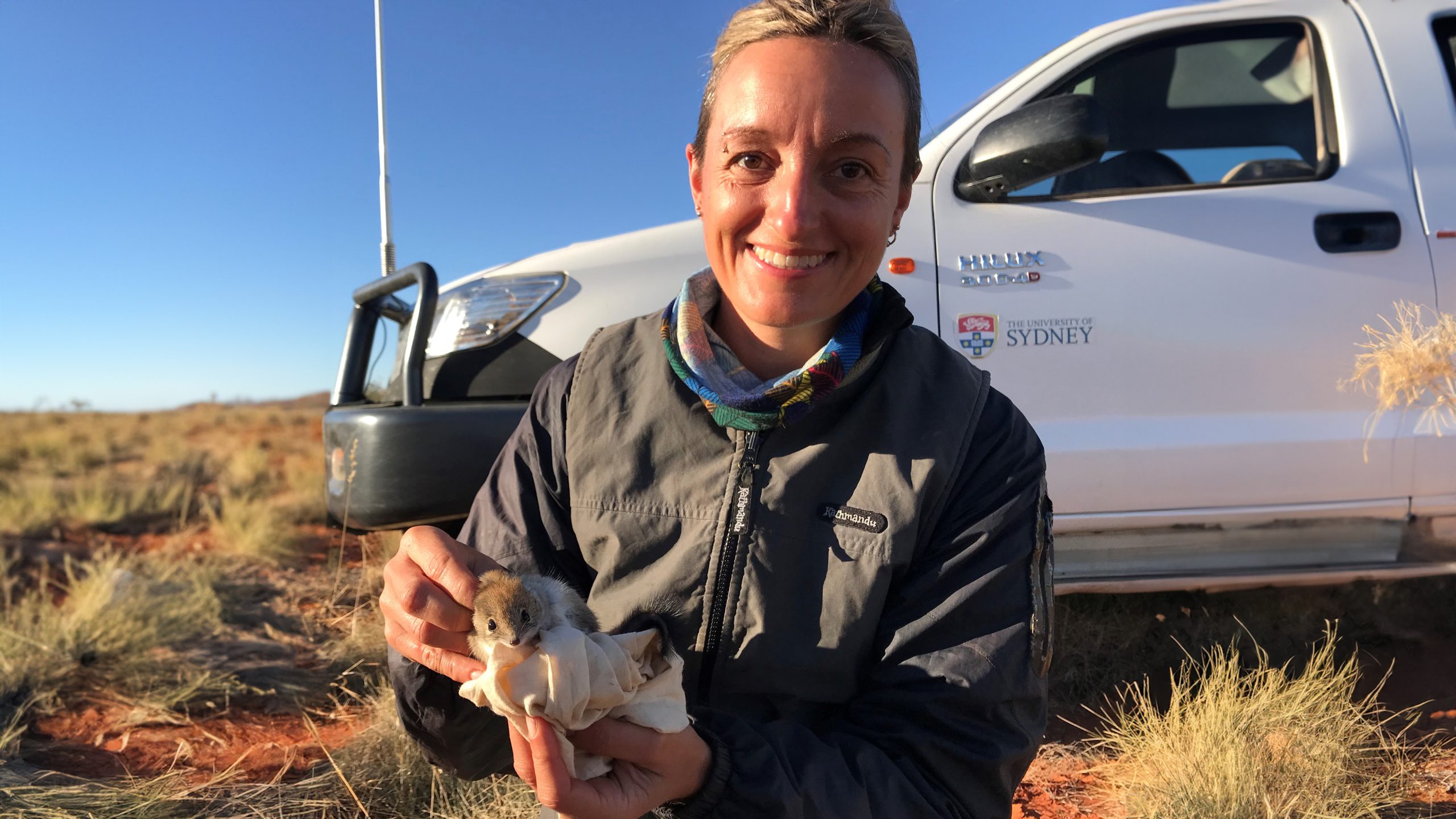1. Tell us about your career path to date:
I followed a non-traditional path to academia, fuelled by my passion for discovery of nature. I’ve always been interested in applied problems in conservation – what is influencing declines in biodiversity, and what can we do about it? I completed an undergraduate degree in ecology and zoology at the University of Sydney. From there my path took me through eight years outside academia, working in jobs across Australia and Canada, ranging from zookeeping to tourism and hospitality (including managing the best bakery in the Canadian Rockies!) to education and ecological restoration project management for Greening Australia. This time away from academia was important to me and helped me progress in my journey of finding out who I was, who I wanted to be, and how I might contribute to the future.
I returned to academia to do a PhD in Conservation Science at the University of Queensland after being inspired by the amazing work that Australian scientists were doing to support more informed, cost-effective decision-making for managing and monitoring biodiversity. Australia continues to be a leader in this field. I was privileged to work with the large-scale restoration initiative Gondwana Link in south-western Australia, building decision-support tools and analyses to help cost-effectively allocate effort to surveying and monitoring efforts to restore this beautiful biodiversity hotspot.
After my PhD, I was supported by the Australian Research Council Centre of Excellence for Environmental Decisions and the Australian Research Council to undertake research evaluating the effectiveness of different biodiversity recovery actions in human-modified landscapes in Australia and overseas, developing tools to optimise where, when and how to act, and building metrics that help us understand how effective these actions have been. My passion about helping people who are not researchers learn more about science and our impacts on nature led to me co-leading the project that developed the national Threatened Species Index, which is an online tool that anyone around the world can use to interrogate how a biodiversity is faring over time.
I now lead a dynamic research group dedicated to understanding how to promote biodiversity persistence and recovery in agrifood systems in a way that supports human livelihoods and wellbeing. I collaborate with government environment agencies, not-for-profit conservation organisations, industry and growers to evaluate nature-based and nature-positive interventions and develop policy guidance. My goal is to build approaches and tools that predict and evaluate the effectiveness of different initiatives in agrifood systems (e.g. pollinator enhancement and native vegetation restoration), and learn how we can best manage dynamic production and consumption systems to have the best outcomes for people and for nature.
2. What is your research area of expertise?
Decision science and applied ecology for biodiversity conservation and sustainability. I focus on evidence-based research that combines knowledge from many disciplines, including ecology, social science, mathematics, climate science, geography, education and psychology. Currently, I am particularly interested in the interactions between climate variability, nature and food production, such as exploring how climate adaptation interventions to ensure resilient food production might co-benefit biodiversity.

Field-based data collection to evaluate outcomes for food production and biodiversity from initiatives to enhance ecosystem services on berry farms. Photo by Jessie Moyses.
3. Which FFS project(s) are you involved in?
I supervise PhD student Lakey Lakey in his research investigating the roles of policy, planning and governance at different scales on producer decisions to integrate sustainable plant-based protein farming into their practices, and how these decisions are influenced by and interact with climate-driven shocks. View here.
I also co-supervise a PhD student with Professor Romina Rader working on the effect of enhancing wild pollinators and natural pest enemies (insects or birds that eat insects that are harmful to berries, like caterpillars and mites) on biodiversity, ecosystem services and food production. Find out more here.
4. Highlights of your current role as Project Leader:
My transdisciplinary approach to research has enabled me to work in many amazing places around the world with many amazing people. Some of the highlights of my career have been working with the Africa Biodiversity Collaborative Group to provide governments in sub-Saharan Africa with tools to incorporate biodiversity into land-use planning; and spending three years working on remote properties in arid central Queensland to investigate the potential to recover biodiversity in threatened woodlands through livestock exclusion (this mostly involved lots of running around chasing birds and watching how and where they feed and shelter in beautiful desert landscapes).
5. What inspires you most about your work?
Getting out into the field to talk to producers about their challenges and the ways that they innovate to deal with increasing climate variability is something that really excites me, but the thing that most inspires me is working with my wonderful team of Early Career Researchers. My PhD students and postdocs work in a variety of food systems including berry production, livestock grazing, broadacre cropping and viticulture – they are an inspiring group of researchers that are asking the burning questions needed to drive transformative change in our agrifood production systems, so that we can have truly resilient, socially and environmentally sustainable agrarian landscapes that support nature and people.
Lead image: Ayesha with Crest-tailed Mulgara – Carrying out fieldwork in central Australia to evaluate the impacts of livestock grazing on native plants and animals. Photo by Al Healy.


